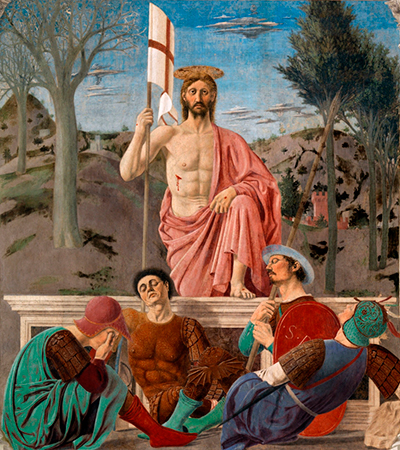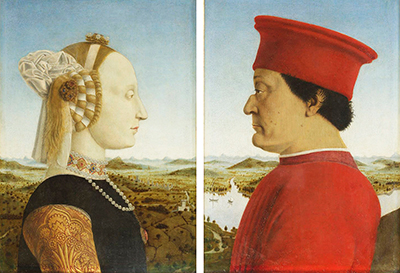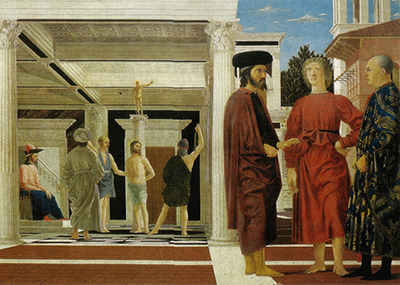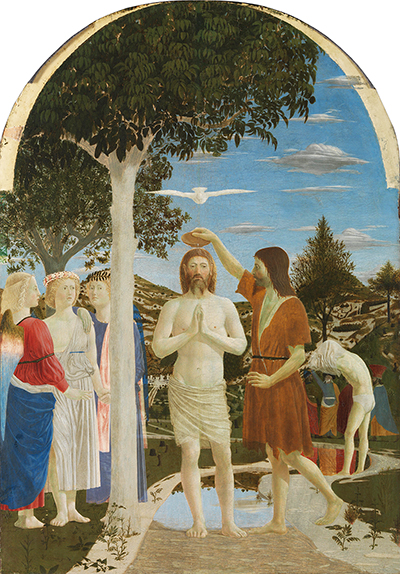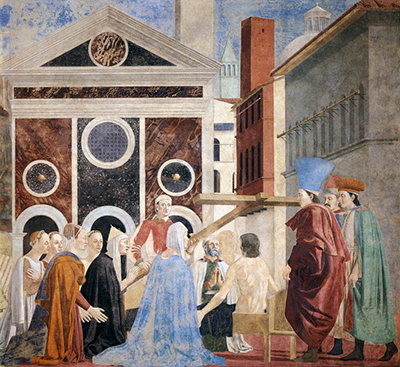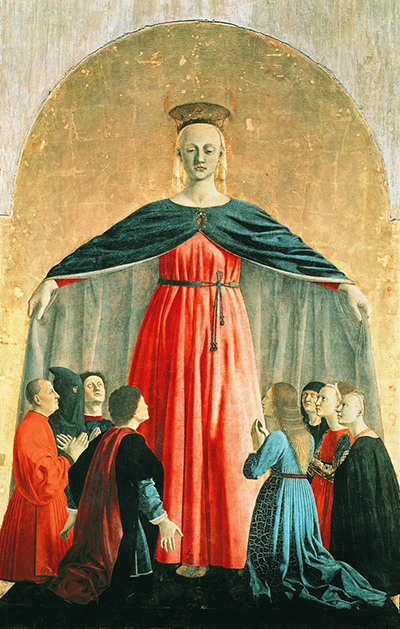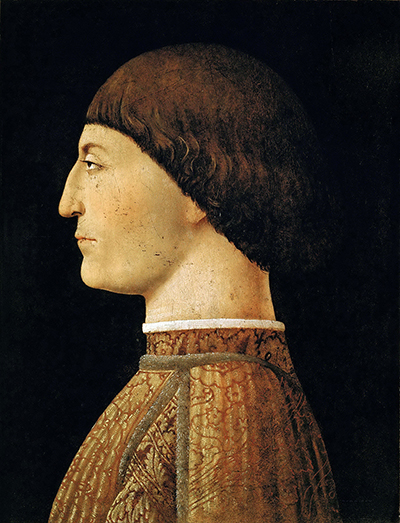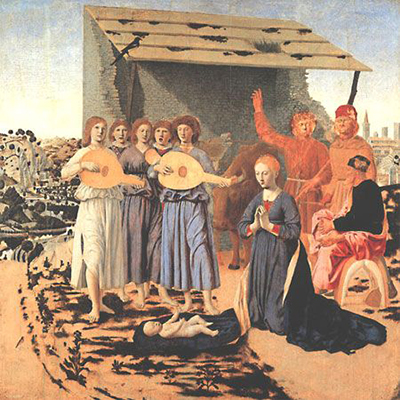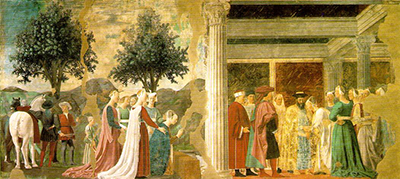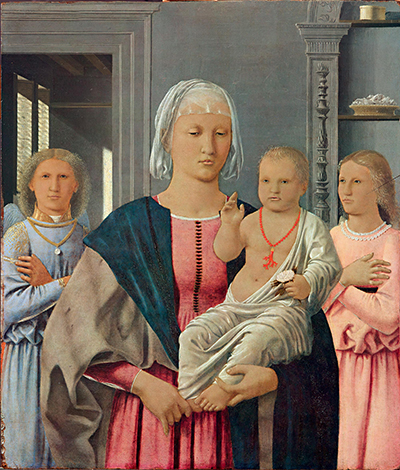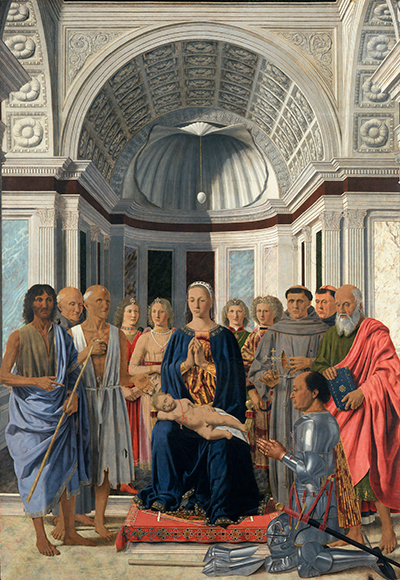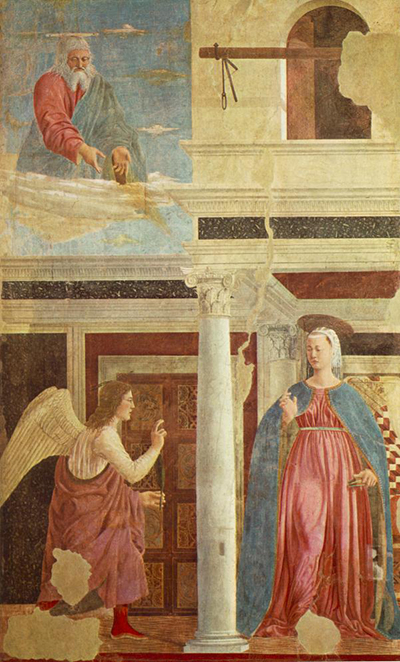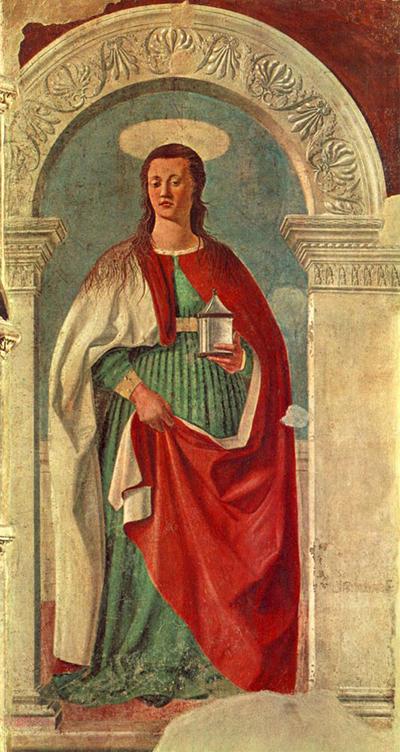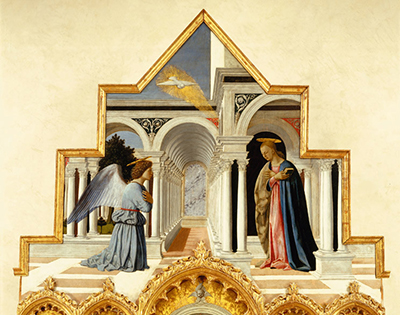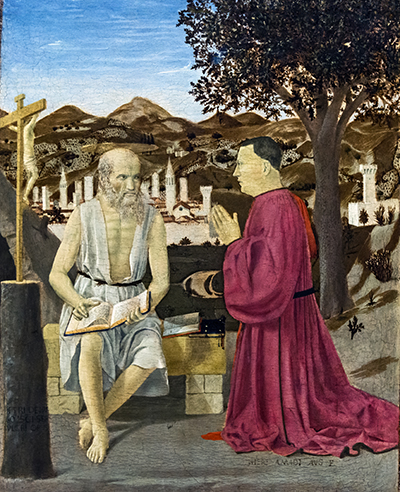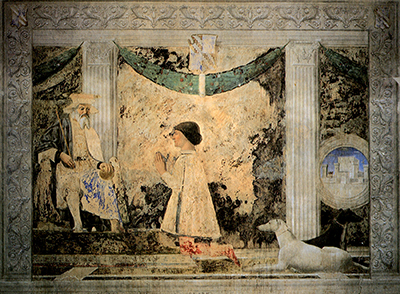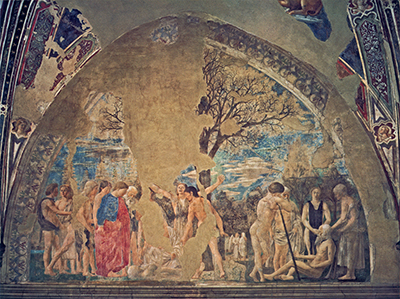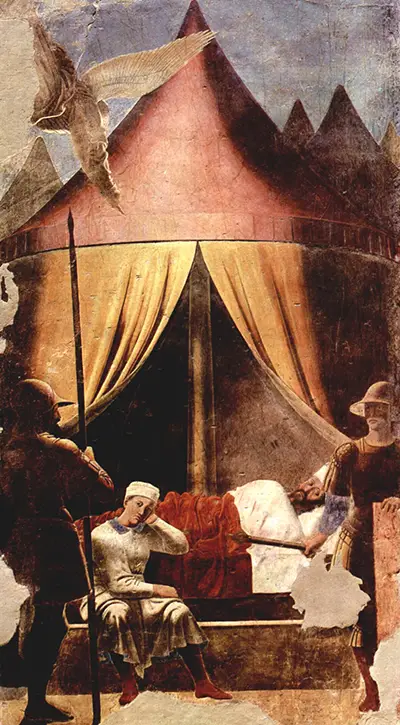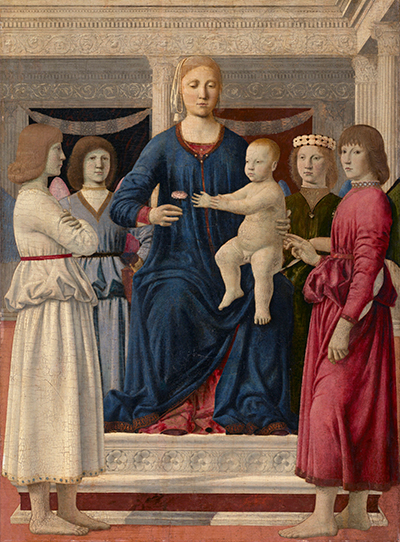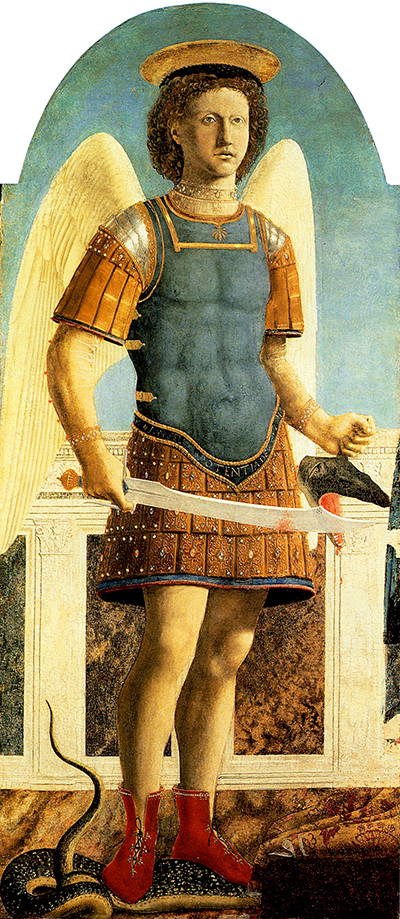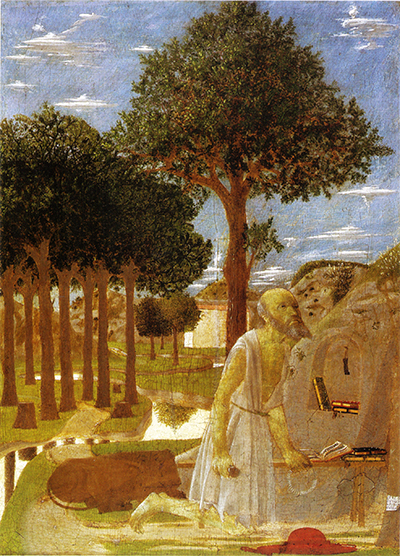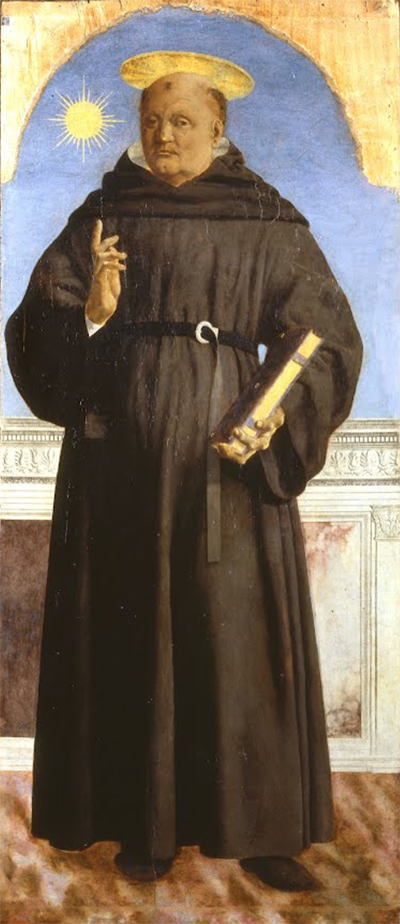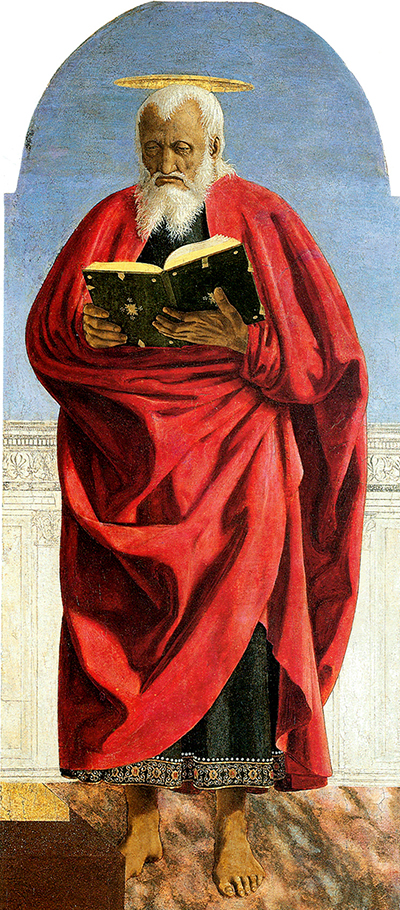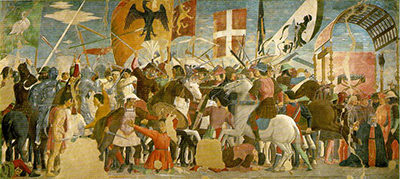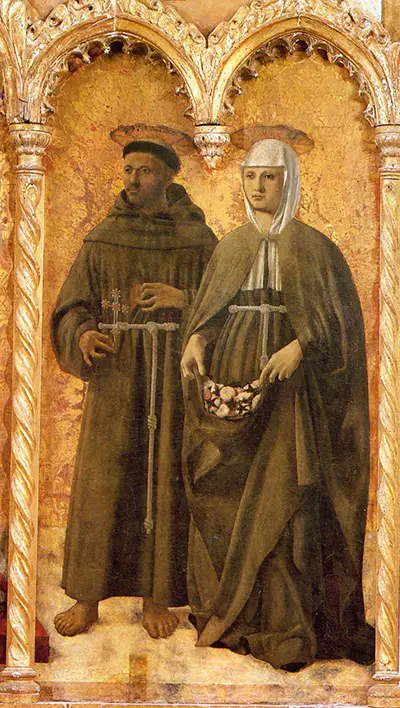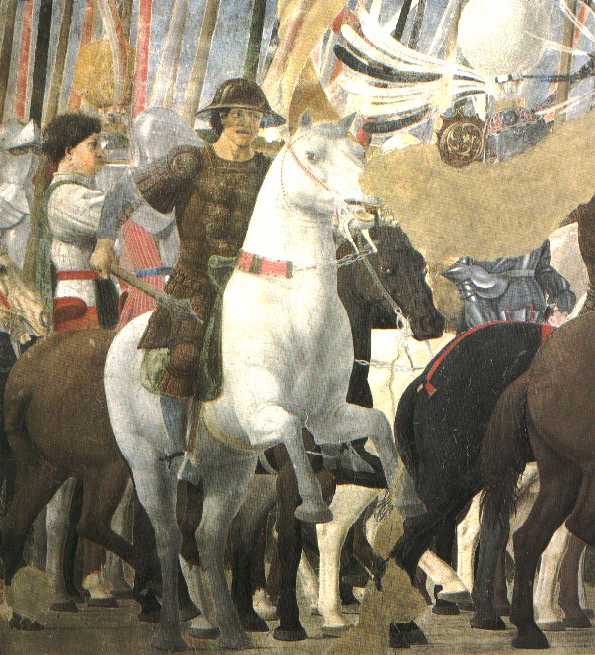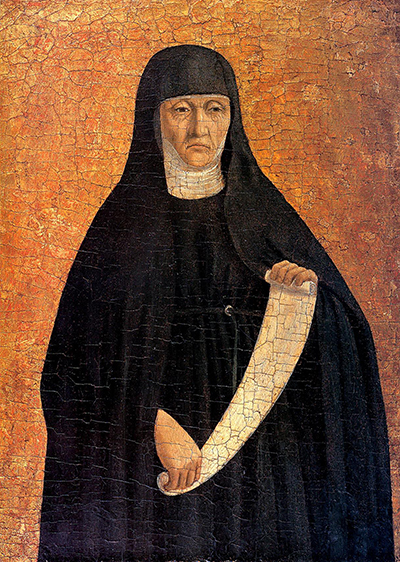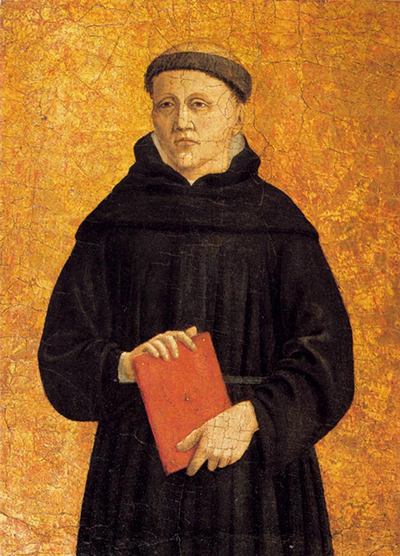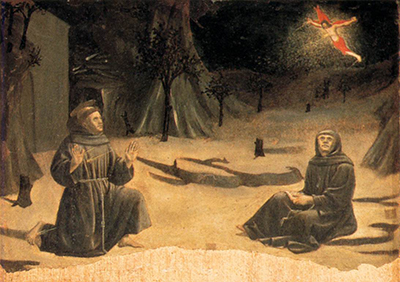Piero della Francesca was truly one of the great early Renaissance painters though, for many centuries, his work within other disciplines received greater respect.
This artist was particularly devoted to painting in the first two thirds of his career, before later starting to focus more on literature, geometry and mathematics. He peaked during the mid to late 15th century and used several scientific concepts within his painted compositions. Piero della Francesca received regular commissions in different regions of Italy, or the Papal States as it was then known. He would build strong bonds with several artists and they would recommend each other for projects that they were unavailable for themselves and also there was a healthy exchange of artistic ideas and techniques.
For someone so significant to the development of Renaissance art it is surprising that so little documentary information has been uncovered on this artist's life and career, particularly the early days of his development. One key moment that we are aware of was on the 12th of September in 1439 when Piera della Francesca is first known to have been in Florence. This city was dominant in many periods of the Renaissance and this artist was there in order to work on the Stories of the Virgin, a prestigious commission for a chapel within the church of Sant'Egidio.
Whilst we enjoy a wealth of work from the artist's career today that is still in existence, it is worth remembering that a significant number of other artworks have been lost or destroyed. Many were simply replaced in their installed positions as changing tastes brought about a new artistic direction by his previous donors. That is one of the downsides of fresco paintings. Other parts of his collection were left unattributed until recently and this meant that their preservation has occurred later than would be ideal. He was joined by Domenico Veneziano on this project.
There has been considerable discussion around whether Domenico Veneziano has actually tutored Piero in the early stages of his career. Whilst this hasn't be completely confirmed, there is evidence to back up this theory. Perhaps the training took place in Umbria, prior to their work together in Florence. Della Francesca is known to have completed commissioned pieces in Perugia prior to this partnership, with Veneziano possibly helping the young artist to receive this work.
The use of perspective within Piero della Francesca's paintings had much to do with his understanding of geometry. It is one example of how different disciplines with the Renaissance would overlap each other, perhaps you will find similar in the work of Filippo Brunelleschi (from whom Piero took concepts of linear perspective), Lorenzo Ghiberti and Giotto who were involved in architecture, sculpture and painting. By comparison, Della Francesca was a Mathematician and Geometrist, whilst also contributing literature to outline his views on various scientific matters.
Whilst many early pieces from his career have been destroyed or lost, it has still been possible to separate his development into three clear stages. The discovery of any future documentation may yet impact that, but current thinking describes his earliest work as being strong in the use of proportion but without the qualities of perspective for which he would later be so respected. After the early 1450s he would then use a more sculptured style for depicting figures within his frescos. His last 15 years as an artist would then be his final stage, when composing pieces accurately could be achieved without much planning and all of his attributes as a painter had peaked together for the first time.
Artist Piero della Francesca considered his own personal touch and hard work to be essential, never using his name to profit via large studio of assistants who could super-charge his output. This ensured he had to reduce the number of private commissions that he would take on, but also helped to strengthen his own reputation. Despite his refusal to use aids, this artist still produced an impressive amount of work that we can continue to learn from today. This section features the very best of his fresco paintings.



